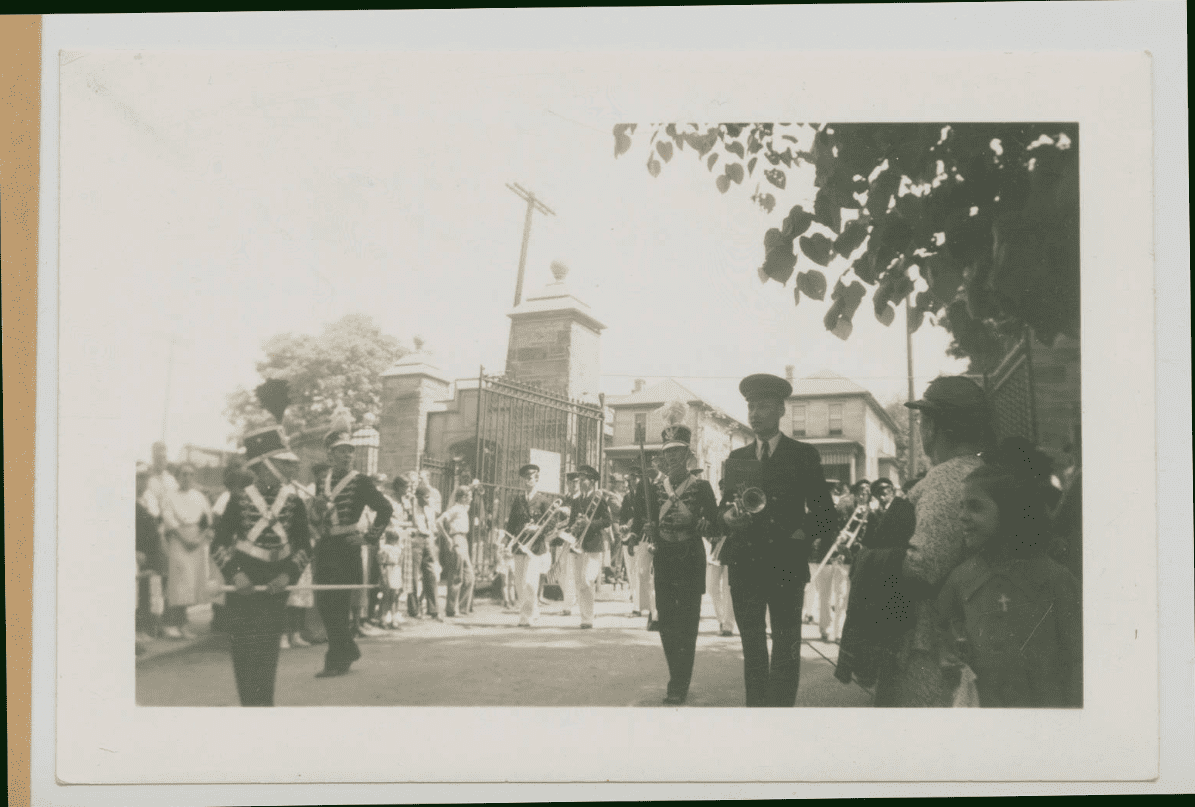Memorial Day has its origins in the years following the Civil War. To honor those who had died in the recent conflict, families and communities across the country held “decoration days”. They placed flowers, wreaths and flags over the graves. On May 30, 1868, Civil War General John A. Logan organized a national Decoration Day at Arlington National Cemetery. Congressman and future President James A. Garfield spoke at the ceremony.
The Grand Army of the Republic, an organization of Civil War veterans, promoted the celebration of Decoration Day annually on May 30th. New York was the first state to make it a legal holiday in 1873. By 1890, all the states that fought for the Union had made Decoration Day a state holiday. States that fought for the Confederacy had similar ceremonies on other dates.
In the 1880s, some began using the term “memorial” day in reference to the holiday. Following World War I, Memorial Day became the more commonly used term. Also, the holiday was expanded to honor those who had died in all of America’s conflicts, not just the Civil War. Many communities around the United States claimed to have had the first Decoration Day. In 1966, President Lyndon Johnson signed legislation recognizing Waterloo, New York, as the official birthplace of Memorial Day.
The Uniform Monday Holiday Act of 1968 moved Memorial Day from May 30th to the last Monday of May. Some veteran groups have tried to reverse this. They argue that Memorial Day has become a celebration of the beginning of summer and less about honoring those who died for their country. In 1971, Congress declared Memorial Day a Federal holiday.

In addition to placing flowers and flags on graves, public speeches and parades, there are other traditions as well. It is appropriate to fly the American flag at half-staff until Noon. At Noon, the flag should be raised to full staff. In 2000, Congress encouraged Americans to pause for a moment of silence at 3:00 pm local time.
With the restrictions required by the current pandemic, many will miss the family picnics and parades. It does give us the opportunity to focus on the real meaning of Memorial Day: to remember all those who died to keep our country free.
To learn more about Memorial Day and see images from other Ohio institutions, check out this blog post on Ohio Memory by Lily Birkhimer, Digital Projects Coordinator at the Ohio History Connection.